
Tag Archives Vaccines
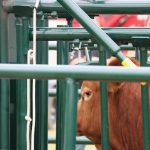
Good handling equipment a must on cattle operations
The right cattle handling setup can save labour and make working with livestock safer for both cattle and farmer
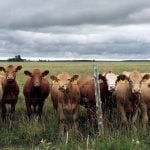
A new vaccine for bovine tuberculosis? Maybe not yet, but a step closer
Canadian research suggests bovine TB vaccine candidate MSX-1 may finally offer some protection without interfering with tuberculosis test results, but it’s still early days
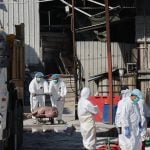
Mixed results on new African swine fever vaccine
The new African swine fever vaccine still has issues, but also gave researchers insight into how virus strain impacts protection against the deadly pig disease
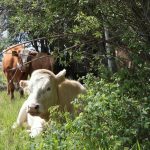
Hot tips for cow-calf beef producers
From cattle vaccination and stomach ulcers to headline-making diseases like bovine tuberculosis: Thoughts from a long-time western Canadian veterinarian
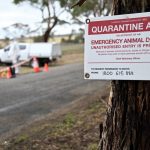
Global animal health body says vaccines needed to protect humans, trade from bird flu
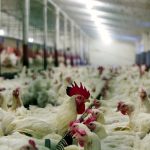
Federal government stocks up on human bird flu vaccine
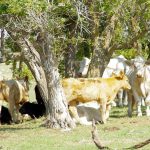
Federal government opens bids for foot and mouth vaccine bank providers
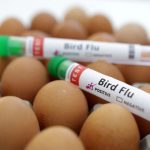
Two dozen companies working to find bird flu vaccine for cows, US agriculture secretary says

US is ’18 months or so’ away from finding bird flu vaccine, says agriculture secretary
USDA plans to discuss poultry vaccinations with trading partners amid trade restriction concerns
![“It can sit dormant [on] equipment for years and years until hive stressors and hive conditions are right for it to infect the colony.” – Osee Podolsky, Canadian Honey Council.](https://static.manitobacooperator.ca/wp-content/uploads/2023/10/26104651/grafvision_GettyImages-178850019_cmyk-150x150.jpg)
American foulbrood vaccine gets Canadian green light
Producers will be able to get the vaccine in spring 2024


